French Mantel Clock - Allegory Of Study
France
Bronze, marble
circa 1830
Dimensions: H x W x D: 67 x 48 x 25 cm
:
Large French bronze clock from the Restoration period around 1830, very heavy at around 33 kg.
Bronze base standing on lion's paws with a Siena marble plinth on top. The dimensions of width and depth mentioned above are measured at the bottom of the feet.
Also made of Siena marble, a stele with the embedded clockwork rises on the right. On top is a stack of three books. Two of the books are titled: ASTROTOM 1 and PHYSIOTOM 2.
To the left, a young woman stands on the plinth. She is leaning on the pile of books with her left arm and holding a papyrus scroll in her right hand. Her hair is pinned up and her facial features correspond to the ideal of Greek antiquity. She is dressed in a tunic that is tied below the chest and whose light fabric makes the crossed legs tangible.
The quality of the bronze work is first-class. The proportions are perfect and the drapery looks realistic. Unclothed details such as the feet and hands are superbly crafted. The dark patinated bronze contrasts beautifully with the light-coloured stone.
By leaning on the stack of books, the upper body leans towards the stele, moving the centre of gravity of the overall composition further towards the centre. The overall composition of the clock thus appears harmonious and balanced.
The dial is protected by a glazed door with a wide oak leaf bezel. The gilt bronze is finely guilloché and has two signature plaques.
Below the XII we see the dealer's signature Vautier Boul(evard) des Italiens No 11.
The Boulevard des Italiens is located in the heart of Paris, in the 2nd and 9th arrondissements. Over the centuries, the name of the street has changed several times. The name Boulevard des Italiens, which has remained to this day, was adopted in 1828. The area around the 9th arrondissement was and still is one of the strongholds of the arts and crafts trade. The Hôtel Drouot, probably the most important sales house in the French art trade, has been located here since 1852.
The clockmaker Lesieur H(orloger) à Paris signed above the VI and on the back plate of the movement.
The movement is a French pendulum movement with thread suspension of the pendulum and lock disc striking mechanism with half-hourly striking.
According to Tardy, the Lesieur family of clockmakers can be traced back to 1806 in Paris. When this clock was made around 1830, the workshop was located in the Rue de la Verrerie.
When dismantling and cleaning the movement, I noticed a scratched date -1825- on the springs (see photo). As the springs were certainly not made by the clockmaker himself, but were bought in even then, it can be assumed that the date comes from the spring maker.
According to Hans Ottomeyer and Peter Pröschel - Vergoldete Bronzen, Munich 1986 p.349, the bronze was possibly designed by Pierre-Victor Ledure, who offered the clock "depicting the study" for Würzburg Castle in 1813.
Today, versions with the same bronze depiction are in the possession of the Bavarian Palace Administration in Munich, the Palais Viana in Madrid and the Rijksmuseum in Amsterdam, among others.
Condition:
Beautiful condition with slight signs of age and wear. The movement has been dismantled and overhauled. It runs absolutely reliably and accurately. The dial has been cleaned and the lettering retouched.
Please refer to the following literature:
Ottomeyer und Pröschel - Vergoldete Bronzen p.349 fig.5.6.8.
The clockmaker is listed in the following directory:
Tardy - Dictionaire des Horlogers Francais p. 411
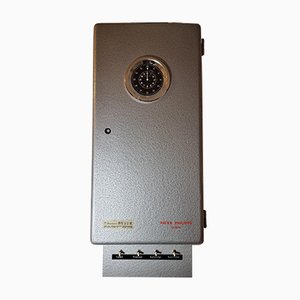

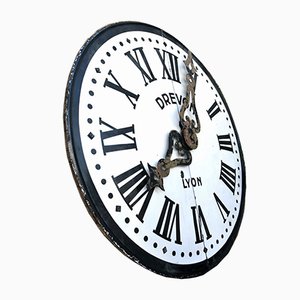



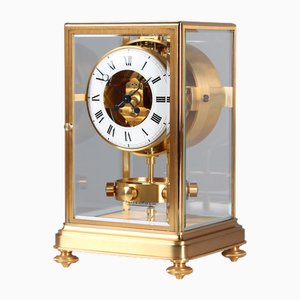

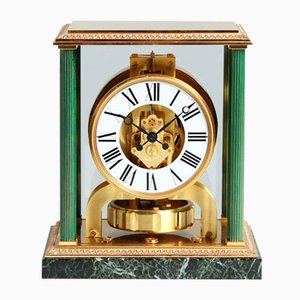
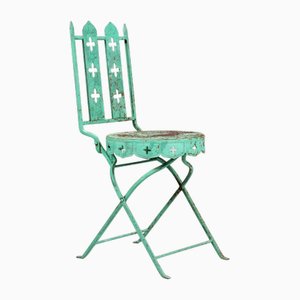
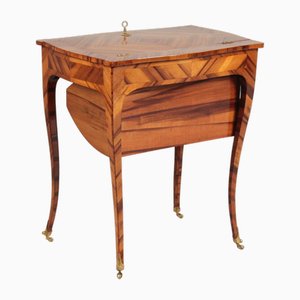
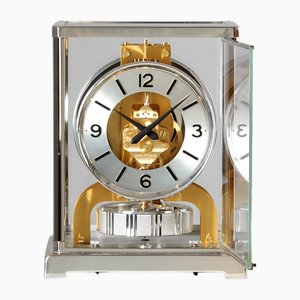
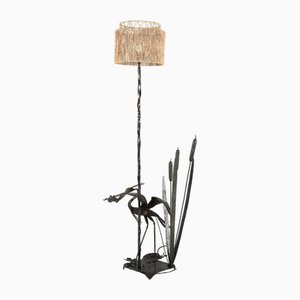


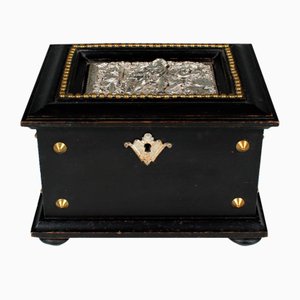
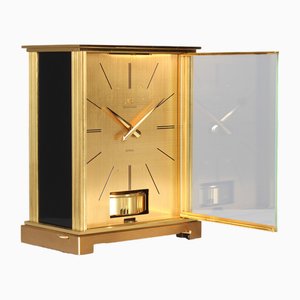
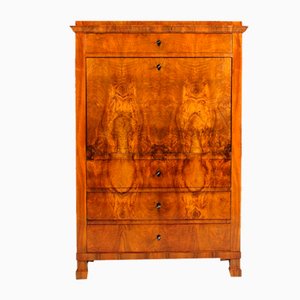



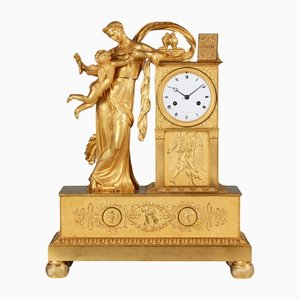
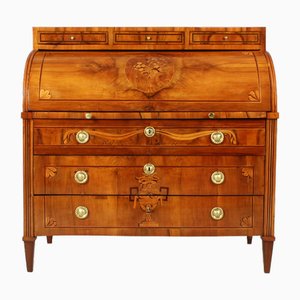

Schreiben Sie uns
Ein Angebot machen
Uns ist aufgefallen, dass Sie neu bei Pamono sind!
Bitte akzeptieren Sie die Allgemeinen Geschäftsbedingungen und die Datenschutzerklärung
Schreiben Sie uns
Ein Angebot machen
Fast geschafft!
Um die Kommunikation einsehen und verfolgen zu können, schließen Sie bitte Ihre Registrierung ab. Um mit Ihrem Angebot auf der Plattform fortzufahren, schließen Sie bitte die Registrierung ab.Erfolgreich
Vielen Dank für Ihre Anfrage! Unser Team meldet sich in Kürze bei Ihnen zurück.
Wenn Sie Architekt*in oder Inneneinrichter*in sind, bewerben Sie sich hier um dem Trage Program beizutreten.